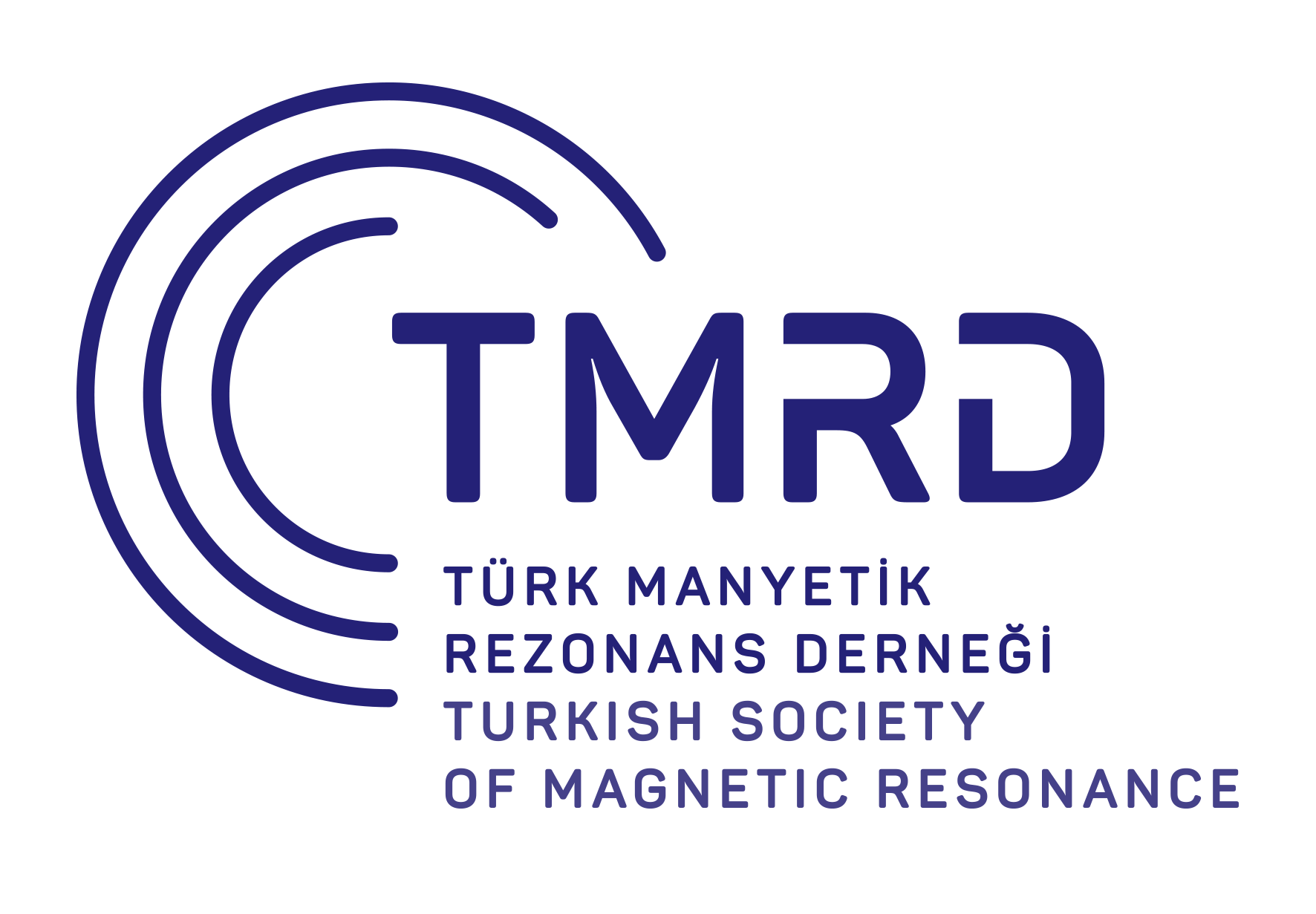Objective: In the literature, apparent diffusion coefficient values are known to be able to discriminate between benign and malignant breast lesions. We aim to evaluate the most efficient b-value to discriminate between benign and malignant lesions and also to reveal the potential relationships between diffusion-weighted imaging and apparent diffusion coefficient values and biomarker expression.
Methods: We retrospectively evaluated the magnetic resonance imaging and pathological data of 60 breast lesions, categorized as BI-RADS 4, 5, and 6. Signal intensity values obtained from diffusion-weighted imaging at B0, B1000 and apparent diffusion coefficient values were recorded. A possible correlation between apparent diffusion coefficient values and tumor grade, receptor expression (that of estrogen receptor, progesterone receptor, and human epidermal growth factor receptor 2), and Ki-67 score was investigated.
Results: Twenty-two (36.6%) lesions were malignant, and 38 (63.4%) lesions were benign. Mean apparent diffusion coefficient values of malignant lesions were significantly lower than that of benign lesions (187 ± 215 × 10−6 and 625 ± 118 × 10−6 mm2/s, respectively). We detected lower apparent diffusion coefficient values in estrogen receptor- and progesterone receptor-negative tumors, also lower apparent diffusion coefficient values were correlated with higher Ki-67 index (P < .05). We cannot find any significant relationship between apparent diffusion coefficient values and human epidermal growth factor receptor 2 expression (P > .05). We showed that signal intensity values obtained at B1000 were more efficient than those obtained at B0 in differentiating benign and malignant lesions. Apparent diffusion coefficient values obtained from ipsilateral, pathologically proven metastatic lymph nodes were significantly lower from contralateral lymph nodes.
Conclusion: Apparent diffusion coefficient values can be used effectively to predict breast malignancy, estrogen receptor/progesterone receptor negativity, and Ki-67 index. Diffusion-weighted imaging obtained at B1000 is more effective in predicting malignancy compared to B0.
Cite this article as: Şenbil DC, Bilici E, Kösetürk T, Çetin T. Breast imaging with diffusion-weighted magnetic resonance imaging: evaluating apparent diffusion coefficient values and biomarker expression in benign and malignant lesions. Current Research in MRI, 2023;2(3):50-54.



.png)
